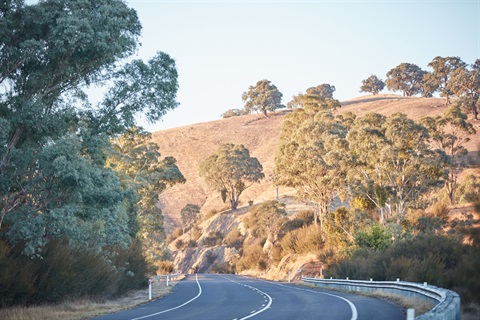IPART
Sydney Water’s prices would be lower when water supply is plentiful, and provide customers with more control over their bills, under draft recommendations released for consultation today by the Independent Pricing and Regulatory Tribunal (IPART).
IPART Chair Dr Paul Paterson said with current dam levels well above 60%, a typical household’s bill would fall by $120 or 12%. But, if Sydney returns to drought, a typical household would pay 2% more than they currently pay, if they make no adjustment to their water use.
“In these difficult times, the ability to reduce water bills in Sydney while ensuring Sydney Water and Water NSW have the revenue they need to maintain a safe and secure water supply, has never been more critical,” Dr Paterson said.
“We propose that consumers would have more control over what they pay for water, and more incentives to reduce consumption and save money, particularly in times of drought.
“Under our proposal, from 1 July 2020 the price you pay for water would depend on dam levels. If dam levels are above 60%, you would pay $2.30 per kilolitre of water you consume. But when dam levels fall below 60%, you would pay $3.12 per kilolitre to reflect the increased costs of supplying water in periods of scarcity. This compares to the current price of $2.11 per kilolitre,” Dr Paterson said.
“At the same time, the fixed or service charges would fall, from over $700 a year to about $550 a year for a typical household, so that bills are lower overall.
“This approach would ensure that Sydney Water and Water NSW have the revenue they need, while providing customers who save water with greater financial rewards.”
Dr Paterson said the proposed prices would allow for a record $4.2 billion in capital expenditure by Sydney Water over the next four years, up by more than $1 billion.
Capital expenditure for Water NSW would also increase to $374 million over the next four years. The impact of this increased investment on consumer bills has been offset by low interest rates.
“While recent heavy rains have replenished Greater Sydney’s water storages, there is still the need for considerable investment to improve Sydney’s water resilience for the future,” Dr Paterson said.
“It is important that the utilities and the NSW Government undertake co-ordinated long-term planning to ensure we have an affordable, sustainable and secure water supply to cope with weather variability and drought.”
Stakeholder feedback on the proposed prices for Sydney Water and Water NSW is due by 27 April 2020.
IPART’s draft reports for Sydney Water and Water NSW, an interactive bill calculator, and opportunities to have your say are available on IPART’s website at .
/Public Release.








